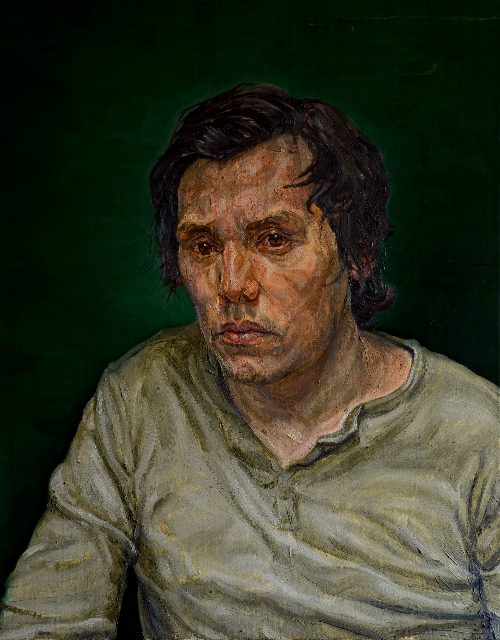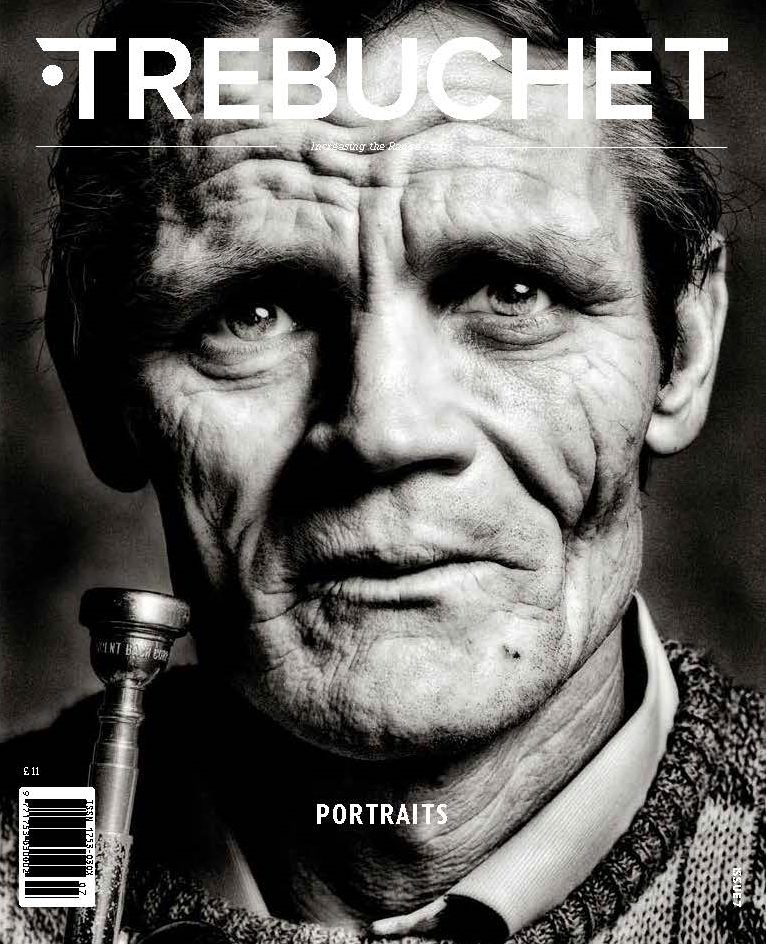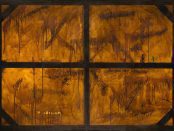In 2019 the painter Charlie Schaffer won first prize at the prestigious BP Portrait Award with Imara in her Winter Coat.
It is an accolade that cements his reputation not only as one of the country’s foremost portrait painters but also as an artist who has found a successful new voice in a format that often defies innovation.
With Imara Schaffer has painted an intimate portrait that is crawling with expressive meaning. The manner in which Imara’s gaze follows the murmuration of brushwork in the background, which in turn has echoes in her winter jacket, creates a vortex of attention which juxtaposes her outer expression with a sense of inner tumult.
Known for painting with a deep sense of realism, Schaffer might not have meant for his brushwork behind Imara’s left shoulder to remind us of starlings spiralling in cold seasonal skies, yet in doing so we are again reminded of the cycles of life and their analogies in our own psychological tides. Growth, joy, pain, and experience all intersect in a life lived and captured in the painting. Speaking to Trebuchet Schaffer discusses his process, the toll that intensive creative work takes, and the impetus behind the rhythmic brushwork in his painting of Imara.
“It was more just the way that I actually paint. When I paint people—I say I paint people. I don’t say I paint portraits. With portraits there’s a connotation you’re making a picture of someone and it’s meant to capture their essence, you know? Like with a writer, you might show their hands being a bit writer-y, or something weird like that. I don’t care if it looks like a person whatsoever. That’s not one of my goals, at all. I basically want to make painting that’s alive, so I basically want to steal the life of the person. I just happened to paint people because I get sad and lonely on my own. That is essentially the fundamental basis. I’m not one of those painters that can just get up in the morning, just go and make a painting on their own in a studio.
I paint people because when someone comes and sits, you sit down two or three times a week, for two or three hours at a time. Close the doors, nothing else, no phones, nothing like that, and you just sit and you chat. So for me, the whole point is that people speak, they move; they’re not staying still and quiet.
And in general, my subjects are always looking away, and people read a hilarious amount into that. But that’s because it’s just quite an awkward situation. And if you want someone to open up and you want to talk to someone and make them feel comfortable, there are only certain people you can have staring at you. But you learn; you meet people and you know, and you start seeing if they feel uncomfortable. That’s the last thing you want. I just want them to feel comfortable and relaxed. So that’s why she’s looking away.
The way that I paint, the reason you see every single line is that I basically think of all good painting as a record of an experience. So it doesn’t matter what kind of painting it is; it could be a rough go, or a Rembrandt, or something that I do as well. It’s every single mark, for me; It’s meant to be a record of that experience, because…[Read more]
Read the full article in Trebuchet 7: Portraits

The aim of art is to represent not the outward appearance of things, but their inward significance. – Aristotle





















